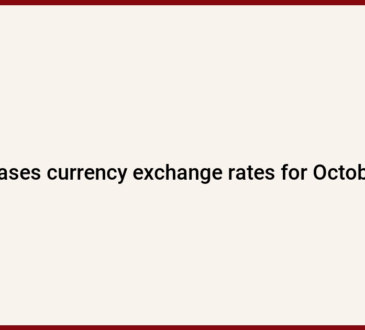Note: the graph shows the estimated export changes due to a reaction in REER appreciation (a) and to a REER depreciation (b).
What accounts for this asymmetric pattern?
We focus on two possible explanations. One concerns the information that firms have about destination markets. Establishing new trade relationships, finding shipments, and acquiring new clients takes more time than losing them. Foreign buyers won’t suddenly appear just because the goods become cheaper.
Exports of homogenous goods that are traded in standardized markets, such as soybeans, mangoes, and wheat, show similar responses to currency appreciations and depreciations—in other words, there is no asymmetry. The reason: Exporters can more easily find new markets once a depreciation renders the price competitive.
By contrast, exports of differentiated products—such as electronics or apparel—show a weaker response to depreciations than to appreciations. Why? Exporting such products requires a stronger buyer-seller relationship, more familiarity with market demand, and pricing that reflects the quality and features of the product. As a result, it’s more difficult for a seller to find a new client once a depreciation turns its product internationally competitive.
The second explanation has to do with supply constraints. The capacity of a firm to ramp up production by hiring more workers or procuring additional capital and inputs is crucial to reap the benefits of improved export competitiveness. Our study finds that:
- Labor-intensive sectors such as agriculture and apparel are more responsive to depreciations because it is easier to hire workers to ramp up production after a depreciation than it is to invest in physical capital.
- Access to credit is crucial. Sectors that are more dependent on finance exhibit a slower export response to depreciations because exporters in developing countries often have trouble securing the financing needed to expand export supply.
Policymakers in low and middle-income countries should take stock of these results. First, public policy has a role to play in reducing informational costs associated with finding new clients. Here export promotion is key. Particularly for differentiated, complex, or specialized exports, export promotion agencies should ensure that firms have enough information on their destination markets to find new buyers.
Second, deep financial markets are key for exporters to gain from better price competitiveness; it is also important, during macroeconomic adjustment episodes, to consider the impact of monetary policy on export supply response. Reducing other supply constraints that increase export costs will also help, such as investing in improved connectivity infrastructure and removing barriers to investment.





